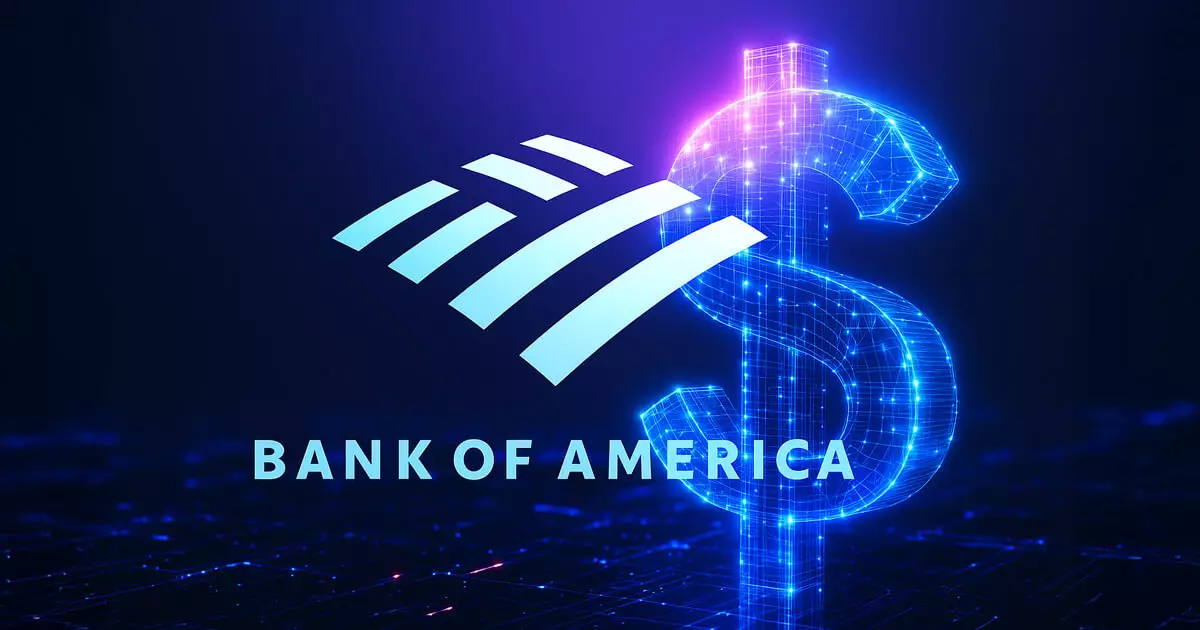In an unexpected twist of financial evolution, traditional banking giants like Bank of America are setting their sights on the rapidly developing territory of stablecoins. With CEO Brian Moynihan at the helm, the bank plans to issue a dollar-pegged stablecoin, a move that reflects not only the appetite for innovation but also the urgency within the banking sector to adapt to digital economies. This initiative, however, is muddied by the complex landscape of regulatory frameworks that still need to be established. While Moynihan emphasizes the bank’s readiness to navigate this uncharted territory, he also candidly points out the uncertainty surrounding actual demand. This tension between ambition and caution is emblematic of a broader hesitation among financial institutions to leap ahead without a guiding framework.
The Regulatory Roadblock
Federal regulations loom large over the banking sector’s foray into stablecoins. As highlighted by Moynihan, the bank’s commitment to this emerging technology is largely contingent on the evolving conversation among U.S. lawmakers. Bills such as the Guiding and Establishing National Innovation for U.S. Stablecoins (GENIUS) Act are making their way through Congress, but the outcome remains unclear. This legislation aims to create uniformity in reserve requirements and disclosure protocols—essentially laying the groundwork for a stablecoin ecosystem where consumers and banks can operate with confidence. The inherent challenge, however, lies in the balance between fostering innovation and ensuring consumer protection. Lawmakers must tread carefully to not stifle the spirit of financial innovation as they introduce necessary safeguards.
A Competitive Global Landscape
Interestingly, while U.S. financial institutions grapple with regulatory uncertainty, banks abroad are charging ahead. Societe Generale-FORGE’s recent launch of USD CoinVertible—a U.S. dollar token integrated with Ethereum and Solana—illustrates the gap in regulatory pacing between regions. The French lender’s proactive approach not only caters to client demand for 24/7 settlement but also positions them as a leader within the European Union’s regulatory framework. Such advancements abroad put additional pressure on U.S. banks to expedite their digital currency strategies. Failing to do so could lead to a significant loss of competitive edge in the global financial market.
The Need for Clear Regulations
Navigating the ethos of digital finance, the call for a clear regulatory landscape cannot be overstated. The U.S. banking sector is on the precipice of transformation, yet the uncertainty surrounding legislative outcomes creates a paradox of readiness coupled with hesitation. If Congress can enact bills like the GENIUS Act with amendments that clarify oversight and requirements, it would not only foster a more supportive environment for innovation but could also lead to a robust and competitive market for stablecoins. The future hinges on legislative action, and the next few months could prove to be critical in determining how U.S. banks will embrace this nascent technology.
As banks like Bank of America venture into the sphere of stablecoins, the balancing act between innovation and regulation will dictate their success moving forward. The digital future may be bright for currencies tethered to the dollar, but it may not shine as brightly if the regulatory framework doesn’t evolve swiftly alongside technological advancements.



















Leave a Reply